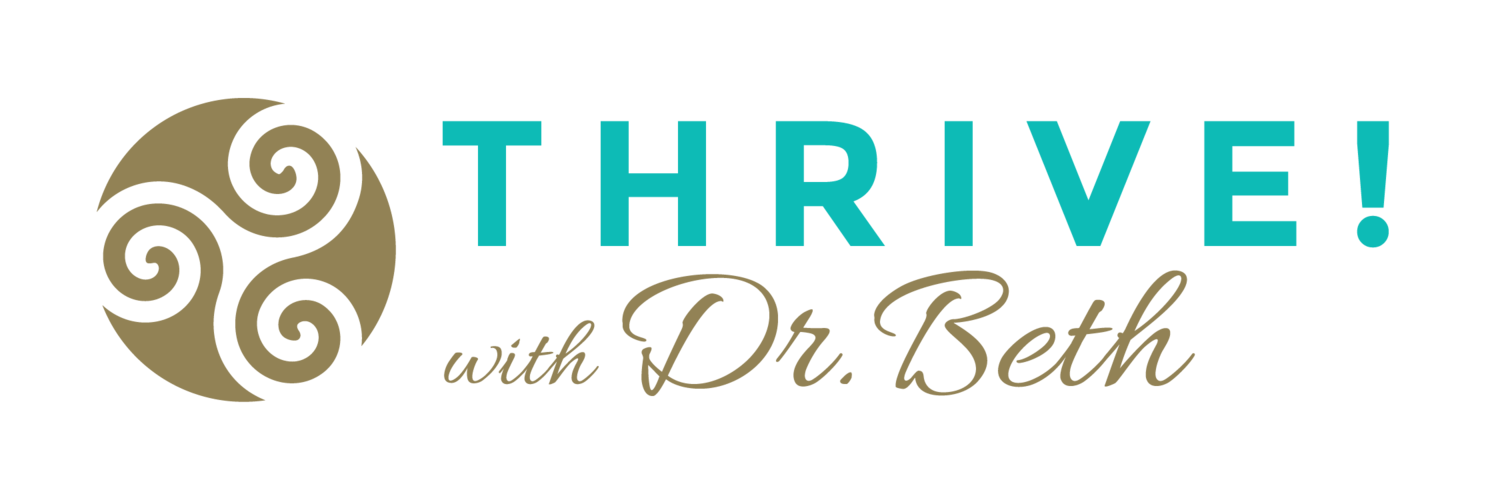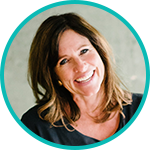
March 19, 2020
Beth Haggett, MSW, LCSW, Ph.D.,
Master Personal & Executive Coach
National Board-Certified Health & Wellness Coach
“We are social beings. Our survival depends on our understanding of the actions, intentions, and emotions of others. Mirror neurons allow us to understand other people’s minds, not only through conceptual reasoning but through imitation. Feeling, not thinking.”- G.Rizzolatti.
Mirror Neurons were discovered during research done in the ’80s and ’90s using primates to study what happens in the brain when they are performing an action versus watching another perform an action. It was discovered that the same areas of the brain light up whether the monkeys were performing an action themselves or just watching another perform an action. These studies have contributed to the way that we understand how children learn by imitation as well as what we know about empathy, the way we read facial expressions, and how we know what another person is feeling.
Recently I offered a Coach Training Workshop and wanted to help coaches to understand through experience the way that mirror neurons work. I hypothesized that if I could create an opportunity for people to partner up and look intently at one another, they would experience the phenomenon of mirror neurons for themselves and gain a better understanding than if I were only to describe the way they work.
I invited the coaches to partner up and take turns telling each other a story of a challenge they had overcome and a feeling of triumph that came from the experience. I said I would time them for four minutes and then tell them to switch. Oh, and by the way, I said, “Please tell your story to your partner without using any words.” “What?” someone said as they all looked at me with blank stares. “Do you want us to pantomime?” one coach asked, “Or is it like charades?” another inquired.
“No! I answered, “You do not need to use any hand motions or pantomime. Just tell them your story as you normally would but without words.” “You need to demonstrate first” someone finally said. I was actually a tad bit nervous about demonstrating because I had not actually practiced this before and so I actually had no idea how it might go. I was really enjoying this group of people I was teaching and so I felt safe to explore with them all and see what might happen.
I asked for a volunteer and Ron, a wonderful man I knew from other training I had done raised his hand to volunteer. I asked him to come to the front and sit facing me so the whole class could observe our interactions. I thought of a recent trial that included an experience of overcoming a huge obstacle and ending with a feeling of triumph. I began to think of the first part of this experience which was terribly sad and difficult and let that show in my eyes as I felt the feelings of it arise in my body and especially my heart area. Ron, sitting across from me looked into my eyes and immediately burst into laughter which shifted me out of my sadness and into laughter myself. I turned to our audience and said, “Well, I may have chosen the wrong person for this exercise,” half-joking and not knowing where to go from there. Ron said, “No, let me try it again.” So, we began again, with everyone looking on and none of us knowing what might happen next.
I got into the feeling again of the sadness and terrible heartache I had felt at the beginning of my trial and this time, my partner was looking deeply into my eyes and I could see my own sadness reflected back to me. His facial expressions took on a beautiful sense of warmth, kindness, understanding, and compassion. I felt mirrored and understood as if I was looking into an actual mirror and seeing my own sadness and torment there. He stuck with me like a pro this time, which gave me a safe place to re-experience the events of the past as they passed through my mind and heart. As I contemplate this now, I want to pause here. I’ve never read about this, but I have come to learn this moment of empathy is so powerful to the person experiencing the feelings and trying to express them. If one is sharing something deeply emotional with another who is unable to reflect the depth of emotion, the original emotion seems to die off as it is not given a safe receptacle. However, when a partner can meet one where they are, be with, mirror and receive without judgment or explanation but just be there, it is an amazing and wonderful thing to experience.
This time, Ronnie appeared to be mirroring my feelings in such a way as the feeling was palpable to me and in the room as I was told afterward by others. It was almost as if the mirroring Ronnie did seemed to magnify the feelings I was having. Later, he told me it was one of the most incredible and unique experiences he had ever had and that he would never forget it. I felt the same way and wanted to capture our experience for others to read about. I never told Ron my story because it wasn’t important. I had recently had my horse I’ve owned for ten years become lame and unable to walk due to a serious, acute condition. Six vets had told me to put her down which I had arranged. At the last minute, I decided to try everything I knew to see if I could help her to heal. After about six months of hard work and heartache watching her suffer, she is well now and I had enjoyed a long ride just before this training. I was able to reflect that story through my eyes as I looked into Ronnie’s and he seemed to witness all the different emotions that crossed my face, by just being present.
After our demonstration, the class seemed to understand exactly what to do. I heard silence for a bit as they were telling their partner their stories. It was quiet for a while and then the room filled with animated talking and laughter as they shared how they had felt understood and how crazy it seemed that they could actually feel and experience so much of the story without words and without knowing any of the details of the story.
At the end of the day, something magnificent happened to drive home the entire experience. I asked the class to take a moment to share one thing they were each taking away from our day together. When it came time for Ronnie to share, with heartfelt emotion he expressed that he had had such a powerful experience doing that exercise with me earlier. As he was talking, he seemed to tear up just a little bit and his face took on the same emotions he had exhibited earlier, I automatically mirrored his facial expressions and my own eyes filled with tears and reflected his emotion. Again, it seemed as if the feelings we shared were magnified and felt in the room as a pulse going out and being reflected on everyone’s faces. And so, it seemed that as we experimented with mirror neurons that day we all learned from the experience in a way that I know Ronnie and I will never forget and that seemed to make an impression on everyone in the room.
My intent was for coaches to understand how important it is to allow themselves to be present and really tune in and be with the person they are coaching so that they might better understand both what the person is saying and what they may not be saying. Because we have mirror neurons, we have a window into a person’s emotional state that can transmit much more information than we can obtain through words alone.
Next time you are sitting with someone at work or at home, take a moment to really see them. Allow yourself to tune in and reflect what they are feeling back to them. Tune into your own breath, triggering the Vagus nerve which is sometimes called “the nerve of compassion,” so that you might be a better receptacle of another’s emotion. You might find that you understand that person much better than you did before and you may notice an increase in compassion for those you interact with. Who knows, if we all practiced this on a regular basis, we might actually change the world.
“Never doubt that a small group of thoughtful, committed citizens can change the world. Indeed, it is the only thing that ever has.” -Margaret Mead
Dr. Beth is a Licensed Clinical Social Worker (LCSW), a Master Personal and Executive Coach (MPEC), has the National Board of Health & Wellness Coaches certification (NB-HWC) and has a Ph.D. in Mind-Body Medicine. She teaches Evidenced-Based Coaching for Saybrook University (https://www.saybrook.edu/integrative-wellness-coaching/). You can learn more about her and her work at https://thrivewithdrbeth.com/

